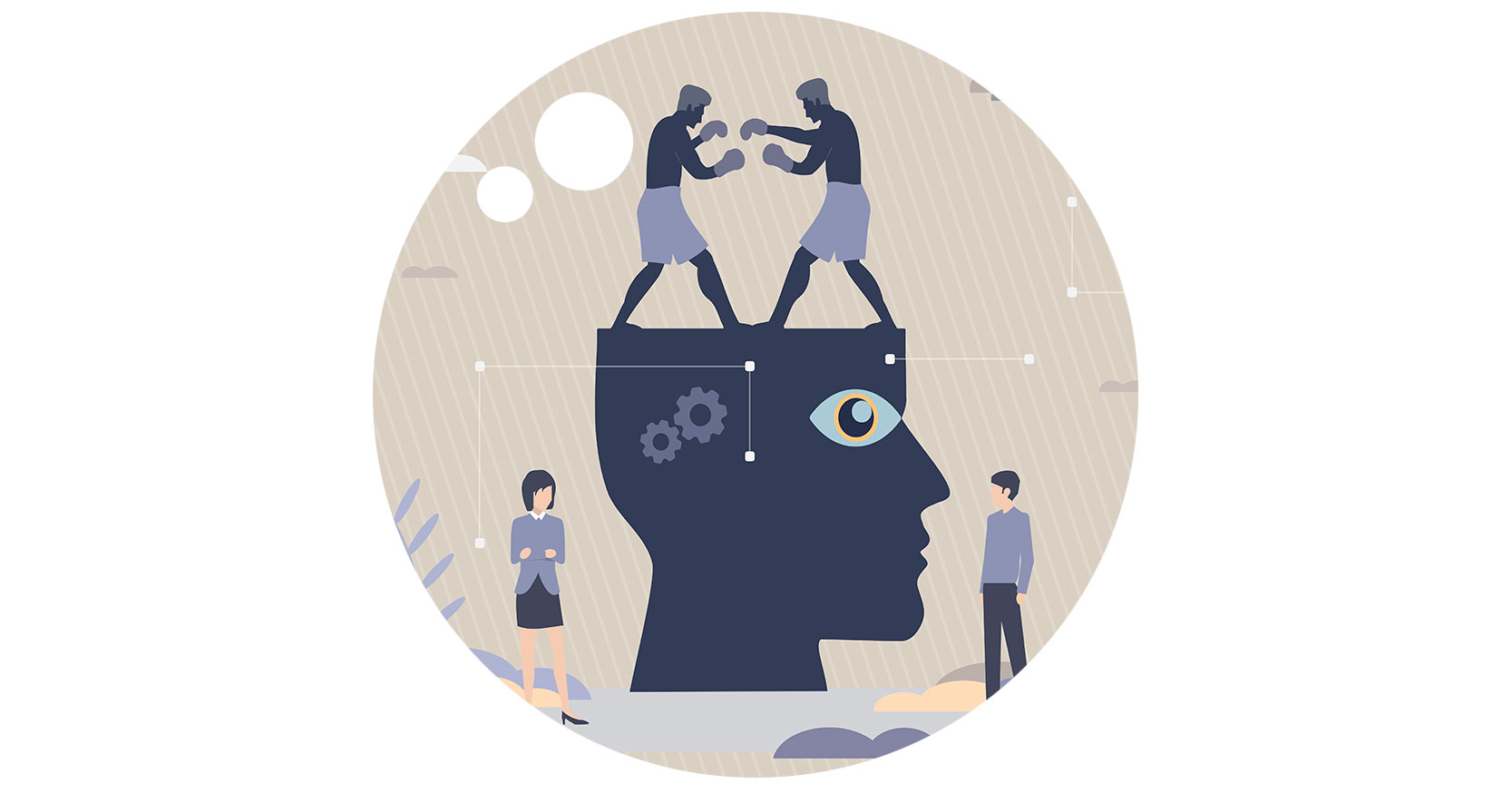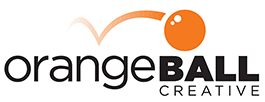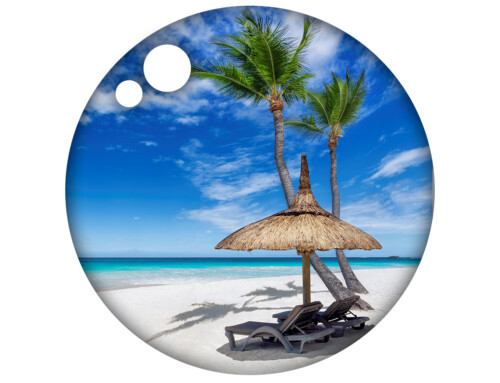
Cognitive Bias: How Assumptions Derail Brands
The greatest enemy that most of us will ever face in our marketing – which is common across brands and industries – is bias. Every day, prospects and even clients make assumptions about our brands that may not be true.
“I know exactly what you do.”
“I know how you’re different from my other options.”
“I know how your product or service works.”
“I know all of the features and benefits you offer.”
“I know why I don’t want your product or service.”
Often, the list of things customers “know” about your brand is based on their assumptions. Those assumptions come from a variety of sources, one of the most powerful being cognitive bias…
What is cognitive bias?
Our brains have a natural tendency to form biases and make assumptions. What drives this? First, it is a survival mechanism that our earliest ancestors used to make decisions quickly, reacting to threats in their environment. Second, these mental shortcuts allow the brain to process information more efficiently. Finally, these biases help us to feel more confident in our decision-making, confirming our existing beliefs. One thing to note here is this… Just because we form a bias, it doesn’t guarantee those assumptions are true. In many cases, they’re not, which is why customer bias is so dangerous.
Some forms of cognitive bias include:
- Confirmation bias: The tendency to search for, interpret, and remember information in a way that confirms one’s existing beliefs and biases.
- Anchoring bias: The tendency to rely too heavily on the first piece of information encountered when making decisions.
- Availability bias: The tendency to make decisions based on the most readily available information rather than a comprehensive analysis of all relevant information.
- Framing bias: The tendency to be influenced by HOW information is framed, such as the wording or context in which it is presented.
Bias and Your Brand
Brands need to understand where their customers’ assumptions are coming from. Personal experiences are a powerful driver of bias and are directly tied to confirmation bias. At the same time, anchoring and availability bias is being created through the marketing and advertising we encounter daily, as well as the influencers we cross paths with. The conversations we’re all having with friends, family, and coworkers also add to that bias build-up. Addressing these biases proactively to ensure accurate perceptions and build strong relationships is essential.
So what does that mean, exactly? Cutting to the chase, here’s what we tell our clients. First, it’s up to you to control your brand’s story. Knowing that prospects and clients have biases in place already when they meet you, it’s up to you to counter those assumptions with facts and truth. You need to control the narrative if you want to keep bias from creating distance between you and your customers. From what you say about your products and services in person to how you’re showing up on your website and on social, bias control will require you to speak up.
Call-to-Action
Think about your own brand biases. You have brands you love and brands you hate. For a moment, think about what’s driving that in your own life. Then, step back and look at your brand through a prospect’s lens. What biases create false assumptions, impact their decision-making, and create barriers? Once you I.D. those, it’s your chance to start controlling your brand’s story.
Ready for more?
OrangeBall Insights has always been a place to share ideas, explore our purpose and leadership, and chat a little bit about marketing. If this resonated and you’d like to receive weekly ways to bounce higher every day, subscribe here.



